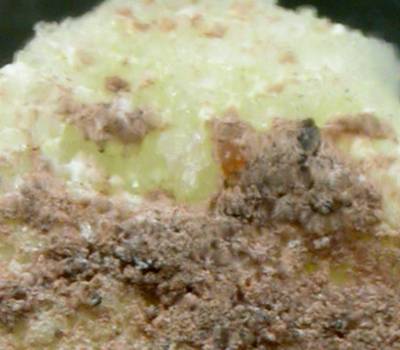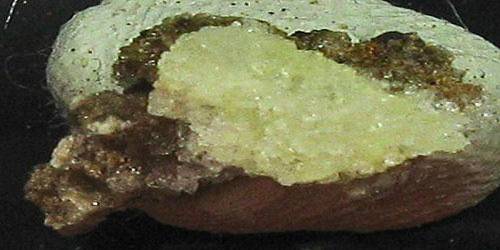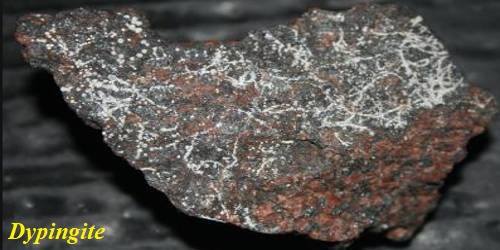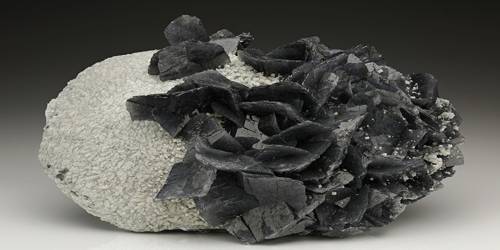Carlosruizite is a sulfate or selenate – iodate mineral with chemical formula: K6(Na, K)4 Na6Mg10 (SeO4)12 (IO3)12·12H2O. It is found in samples of iquiqueite leached from caliche amarillo (yellow nitrate ore). It was first discovered in 1994 in the locality of Zapiga, Tarapacá Region of Chile. Its name came from Carlos Ruiz Fuller (1916–1997), founder of the Institute of Geological Investigations
It is a trigonal-hexagonal scalenohedral mineral containing chromium, hydrogen, iodine, magnesium, oxygen, potassium, selenium, sodium, and sulfur.
General Information
- Category: Sulfate mineral
- Formula: K6(Na, K)4Na6 Mg10(SeO4)12(IO3)1212H2O
- Crystal system: Trigonal
- Crystal class: Hexagonal scalenohedral (3m)

Properties
Carlosruizite can be identified in the field by its pale yellow color. It is sometimes colorless. Its transparent form has {110} good cleavage. This mineral has a vitreous luster with a white streak. The fracture of this mineral is brittle.
The density of carlosruizite is 3.42 g/cm3, with a hardness of 2.5 to 3 – between fingernail and calcite.
- Formula mass: 4,438.69 g/mol
- Color: Colorless to pale yellow
- Crystal habit: Platy – sheet forms (e.g. micas)
- Tenacity: Brittle
- Mohs scale hardness: 2.5 – 3
- Luster: Vitreous
- Streak: White
- Diaphaneity: Transparent
- Specific gravity: 3.42
It has a low density (specific gravity of 3.36), colorless to pale yellow, a transparent mineral which crystallizes in the trigonal crystal system. It forms a series with fuenzalidaite.
Occurrence
Carlosruizite occurs in a rare constituent of nitrate ores. It is often associated with minerals such as Iquiqueite, nitratine, halite, darapskite, and residues containing dietzeite, bruggenite, tarapacaite, ulexite, probertite, lopezite, and gypsum after leaching in water.
Information Source:
















